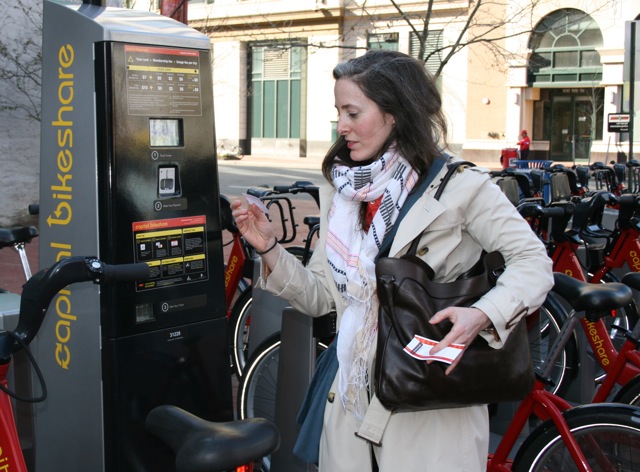Here's something to give new meaning to the term "fashion police":
In the UK town of Bath (as in Chaucer's "Wife of..."), constables stopped cyclist Tim Burton, who was riding a fixed-gear bike. That in itself is fairly unusual in that area, as it's fairly hilly, so not many people ride fixies.
But, as Burton explained, the bike has dropped bars (as, ahem, a real fixed-gear bike should ;-)) and, to a casual observer, might look like a road bike. Turns out, there'd been a rash of "garage and shed break-ins"in which bikes--mainly road bikes--were taken, according to Officer Keith James. So what made Officer James think Burton was un voleur de bicyclette?
Sit down before you read the answer: Burton wasn't wearing any lycra.
Yes, you read that right. Apparently, Officer James thought Burton wasn't a "real" cyclist and therefore had no business riding as good a bike as his. "Maybe I didn't look hipster enough," he mused.
After performing a check of the bike's serial number and Burton's background, the constables released Burton with his bike. Even after his ordeal, he said, "It's nice to see them looking out for pinched bikes. I told (the officer) I appreciated it." And he certainly didn't miss the irony: "It's amusing that I've been stopped for no Lycra!"
Now,if I were to wear Lycra, that would really be a crime!
In the UK town of Bath (as in Chaucer's "Wife of..."), constables stopped cyclist Tim Burton, who was riding a fixed-gear bike. That in itself is fairly unusual in that area, as it's fairly hilly, so not many people ride fixies.
But, as Burton explained, the bike has dropped bars (as, ahem, a real fixed-gear bike should ;-)) and, to a casual observer, might look like a road bike. Turns out, there'd been a rash of "garage and shed break-ins"in which bikes--mainly road bikes--were taken, according to Officer Keith James. So what made Officer James think Burton was un voleur de bicyclette?
Sit down before you read the answer: Burton wasn't wearing any lycra.
Yes, you read that right. Apparently, Officer James thought Burton wasn't a "real" cyclist and therefore had no business riding as good a bike as his. "Maybe I didn't look hipster enough," he mused.
After performing a check of the bike's serial number and Burton's background, the constables released Burton with his bike. Even after his ordeal, he said, "It's nice to see them looking out for pinched bikes. I told (the officer) I appreciated it." And he certainly didn't miss the irony: "It's amusing that I've been stopped for no Lycra!"
Now,if I were to wear Lycra, that would really be a crime!



















